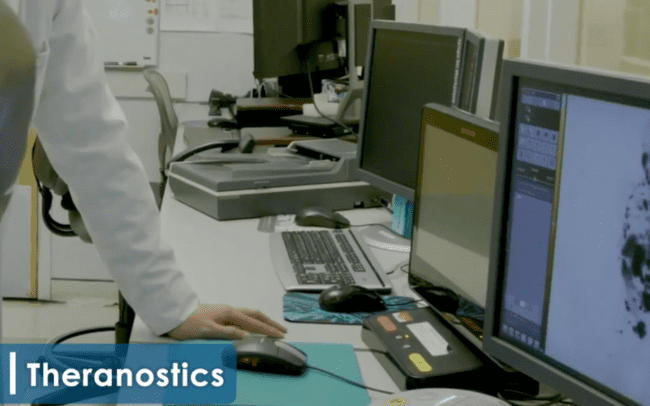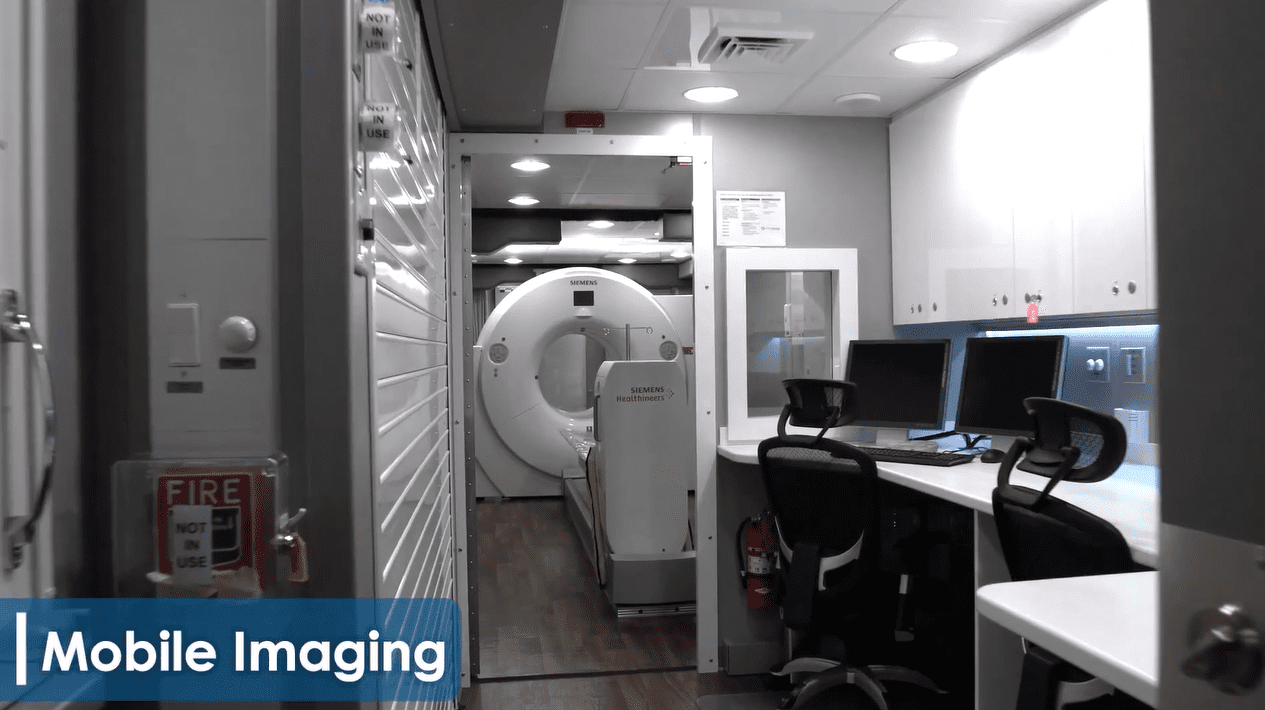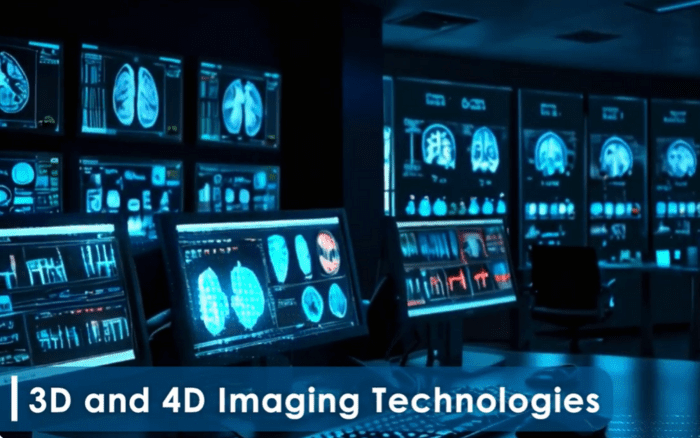2025 Imaging Trends
Diagnostic Imaging is in a constant state of growth, with new innovations and hurdles redefining how care is delivered. As we enter 2025, breakthroughs in technology, shifts in workforce trends, enhanced patient interaction, and evolving regulations are reshaping the field.
Let’s look at the top imaging trends to watch for as you plan your imaging strategy for 2025.

Artificial Intelligence
AI is transforming radiology by improving both accuracy and efficiency in diagnostics. Advanced algorithms help detect anomalies, analyze images, and streamline workflows, reducing the time needed for routine tasks. These tools also support earlier disease detection, improving patient outcomes through timely intervention.

Theranostics
Theranostics is revolutionizing diagnostic imaging by seamlessly merging detection and treatment. Advanced imaging agents and PET/CT tracers like Gallium-68 PSMA for prostate cancer and Fluorine-18 flurpiridaz for cardiac imaging enable precise disease localization and targeted therapy. These cutting-edge isotopes provide molecular-level insights, allowing earlier detection, enhanced precision, streamlined diagnoses, and improved patient outcomes.

Mobile Imaging
Mobile imaging is revolutionizing healthcare by delivering advanced diagnostics to underserved areas and temporary facilities. Innovations like helium-free MRI make units more compact, cost-effective, and energy-efficient, easing logistics while enhancing care. With rapid market growth, healthcare facilities are embracing mobile imaging to expand services without major investments, improving access, patient satisfaction, and quality imaging close to home.

Teleradiology and Workforce Solutions
Remote imaging services are bridging radiologist shortages, especially in underserved areas, by providing timely diagnostics and improving patient outcomes. Teleradiology supports flexible work models, helping to attract and retain talent in a competitive field. With rising demand due to an aging population and advanced imaging techniques, healthcare organizations are embracing innovative solutions to address workforce challenges.

Sustainability and Energy Efficiency
Sustainability is becoming increasingly important in healthcare, and diagnostic imaging is no exception. Manufacturers are focusing on eco-friendly designs for 2025, creating systems that consume less energy, reduce carbon footprints, and incorporate recyclable materials. Mobile imaging is also advancing with helium-free MRI systems, addressing helium shortages while lowering costs and improving portability.

Regulatory and Reimbursement Changes
Shifts toward value-based care and site-neutral payment policies are influencing radiology practices. Collaborations with hospitals and adjustments in service locations are strategies being employed to navigate these changes effectively.

3D and 4D Imaging Technologies
3D imaging has been around for some time, but in 2025, 4D imaging will become more commonplace. By capturing movement in real time, 4D imaging enables dynamic visualization of organs and tissues, offering more precise insights into fetal development, cardiovascular health, and musculoskeletal conditions.
The healthcare landscape is ever-changing, and staying ahead of these shifts is crucial for healthcare leaders. Align your imaging strategy around these trends to ensure optimal care and enhance overall efficiency.
Contact us to learn more about how Shared Imaging can be a strategic partner that can keep pace with change now and in the future.
